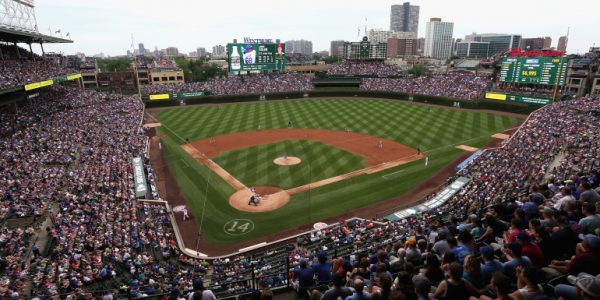Baseball is probably the one sport among the four major leagues in North America that relies most heavily on tradition, nostalgia and the past, which makes it surprising to see that only six MLB stadiums have been around for over 30 years. Three of them, by coincidence, are in California.
Kauffman Stadium in Kansas City, Missouri: 1973
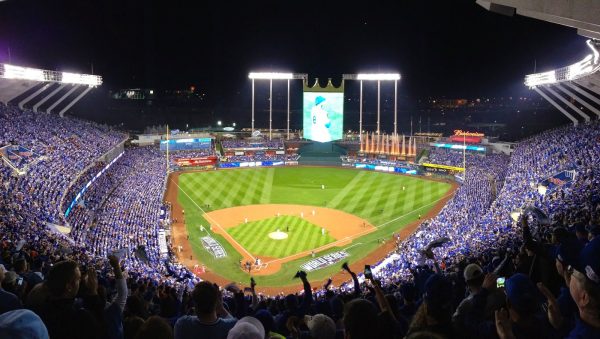
Home of the Kansas City Royals since 1973, the stadium was formerly known as Royals Stadium until 1993. It’s part of the Truman Sports Complex which includes Arrowhead stadium (Kansas City Chiefs). It was originally planned for the Kansas City Athletics, but they bolted to Oakland. A Missouri senator threatened to press for the revocation of baseball’s anti-trust exemption if they did not give Kansas City a new team, and the league responded by quickly granting four expansion franchises to four cities, including a Kansas City team owned by local pharmaceutical magnate Ewing Kauffman. The stadium’s capacity is 37,903, but with standing room it’s at 40,933. The record attendance is 41,860 from a 1980 game against the New York Yankees.
Oakland Coliseum in Oakland, California: 1966
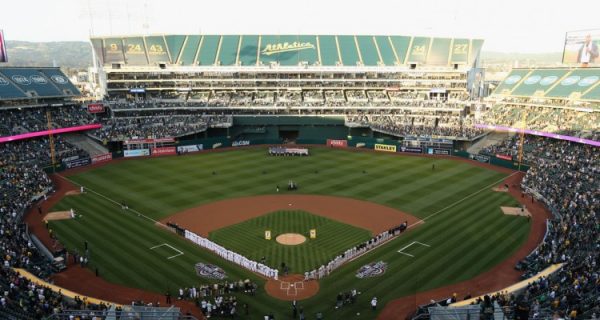
Home of the Oakland Athletics, it is the only remaining stadium that hosts both a Baseball and a Football (Oakland Raiders) team. It’s capacity of 35,067 in Baseball games makes it the second smallest in MLB, although it’s potentially expandable to accommodate over 55,000. The Raiders began playing there in 1966, but the A’s made their debut in 1968, after leaving Missouri. The stadium is considered one of the worst in Baseball for it’s foul territory, Mount Davis and the pitcher’s mound being too high.
Angel Stadium of Anaheim in Anaheim, California: 1966
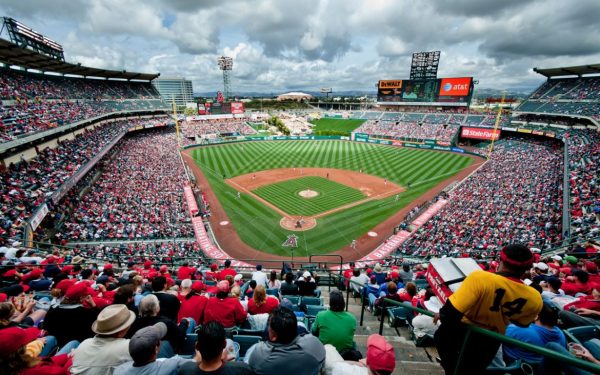
The home of the Los Angeles Angels was originally known as Anaheim Stadium and later Edison International Field of Anaheim. The home of the baseball team since 1966, it was also the Los Angeles Rams (in their previous visit to the city) from 1980 to 1994. Since 2015 the capacity is 45,957, although during the 1980’s it could fit more than 60,000. On Saturday, August 9, 2014, the stadium hosted its longest game ever: a 6-hour, 31-minute contest between the Angels and the Boston Red Sox. Albert Pujols led off the batting in the bottom of the 19th inning with a walk-off homer, giving the Angels the win, 5-4.
Dodger Stadium in Los Angeles, California: 1962
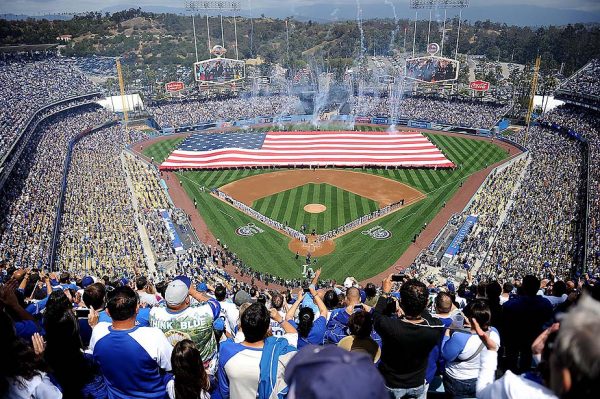
Dodger Stadium, home of the Los Angeles Dodgers, is the Oldest stadium in MLB west of the Mississippi, and the biggest in the majors by seat capacity (56,000). The dry summers and recent droughts in California have “helped” the Dodgers avoid rainouts on game day, with the current streak holding on since April 17, 2000. Dodger Stadium was the first Major League Baseball stadium since the initial construction of the original Yankee Stadium to be built using 100% private financing, and the last until AT&T Park in San Francisco opened in 2000.
Wrigley Field in Chicago, Illinois: 1914

Wrigley Field was the home of the Chicago Whales (Federal League) before the Cubs moved in 1916. It was named Weeghman Park until 1920, and Cubs Park until 1926. William Wrigley Jr. acquired complete control of the Cubs by 1921, and in 1927 the current name was given. The team and stadium are now owned by the Ricketts family. Between 1921 and 1970, it was the home of the Chicago Bears, before they moved into Soldier Field. It was the last major league ballpark to have lights installed for play after dark, in 1988. It has a capacity of 41,268.
Fenway Park in Boston, Massachusetts: 1912
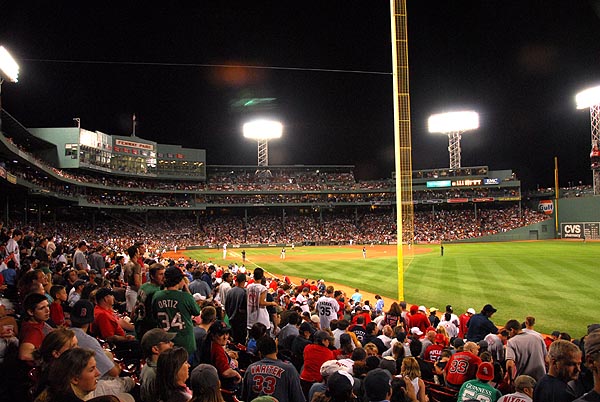
The oldest ballpark, and the fourth smallest stadium in Baseball (37,949), it’s been the home of the Boston Red Sox for the last 104 years, as well as the Boston Braves in 1914 and 1915. Due to its unique location inside a dense neighborhood, it’s been renovated, expanded and changed many times over the years, leading to some interesting heterogeneous features including The Triangle, Pesky’s Pole, and the Green Monster in left field. There were plans to leave the stadium and move to a new Fenway Park built next to the old one, but the controversial proposal was blocked, and in 2005, the Red Sox ownership group announced that the team would stay at Fenway Park indefinitely.
